
Origins
The Spanish Norman horse is a very rare breed and crosses the blood of Andalusian animals of Spain with that of the Percheron of France.
(more…)

The Spanish Norman horse is a very rare breed and crosses the blood of Andalusian animals of Spain with that of the Percheron of France.
(more…)
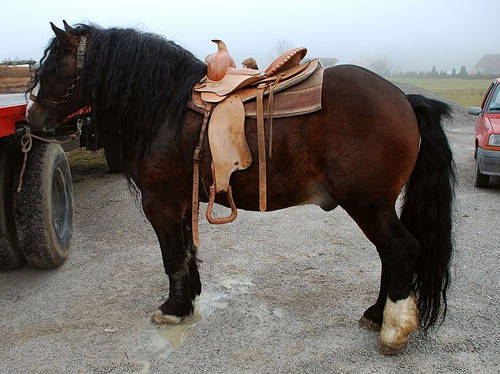
Also called the Croation Pasavac, Posavina Horse, Posavina & Busak Posavec, The Hrvatski Posavic comes from the flood plains of the Sava River in Croatia and their numbers are very low today.
(more…)
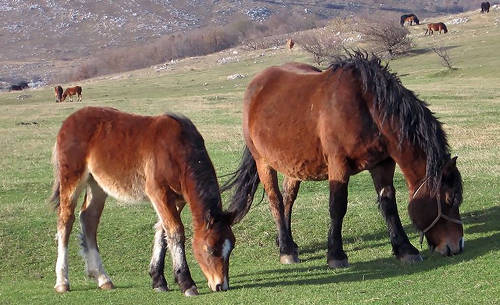
Also called the Croatian Hladnokrvnjak, the Hrvatski Hladnokrvnjak is the most common horse in Croatia and comes from the north west. They are a large draft type horse bred for heavy agriculture work & meat production. Sadly as the 20th century eliminated the need for animals in agriculture the main reason they are bred is meat & milk production.
(more…)
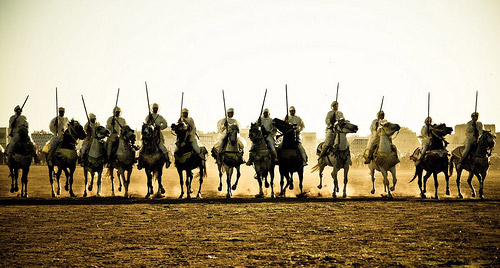
One of the ancestoral breeds, the Barb has bloodlines as old (or older) than the Arabian. Like the Arabian, it is a desert horse, however that is where their similarities end.
(more…)

The Somali Pony comes from eastern Africa in Somalia and there are several varieties within the breed, although their numbers are very small. They are bred by a number of local tribes, the Dolbanhanta tribe being the largest breeder.
(more…)
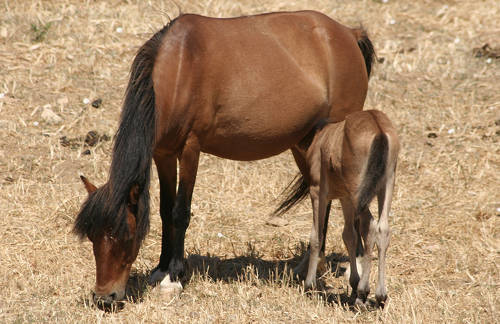
The Skyros Pony comes from Greece and is the smallest of the Greek Pony breeds. Although they are small in stature, they display more miniature horse like characteristics rather than those typical of pony breeds.
(more…)
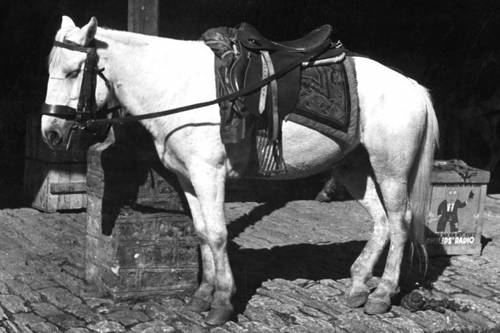
The Sini Horse comes from the Sini River Basin in China and have been developed since early in the 20th century.
(more…)
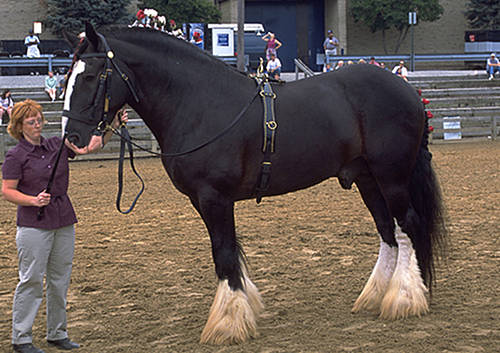
Descendant from the English Great Horse of the Middle Ages, the Shire horse is among the largest of the draft breeds .
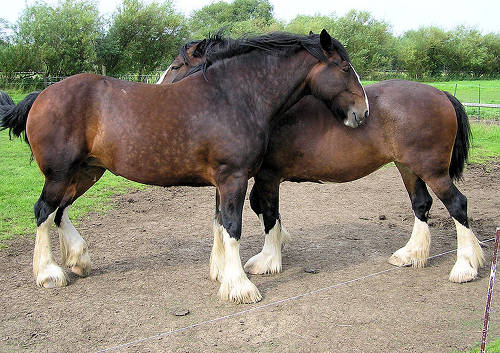
Appearing in Britain around the end of the 16th century when strong animals were needed to pull heavy wagons and coaches long distances over rough terrain. The Shire derived from blood of forest horses, and Friesian and Flanders horse imports.
The English Great horse is still considered the Shire horse’s principle ancestor, although its bloodlines were slowly reduced in the stock as the influx of Dutch Friesian blood grew stronger.
Modern Shire horses are renowned for their strength, a pair of Shire horses have pulled 16.5 tons of weight on granite paving tiles.
Average height Over 17 hands
Extremely large animals
Incredible pulling strength
One of the biggest horses in the world
Long neck for a draft horse, with wide shoulders
Legs are clean and muscular, hocks set for maximum leverage
Heavy feathering on back of legs
Big, round hooves
Big and gentle, the Shire is a docile giant
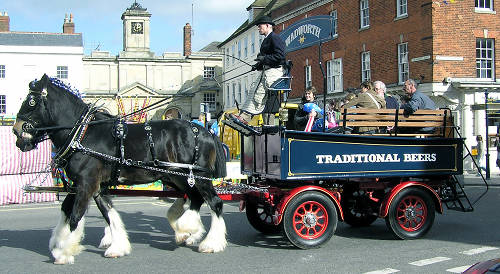
General riding
Show horses
Parade horse
*All links open in a new window
American Shire Horse Association
Canadian Shire Horse Association
Shire Horse Society
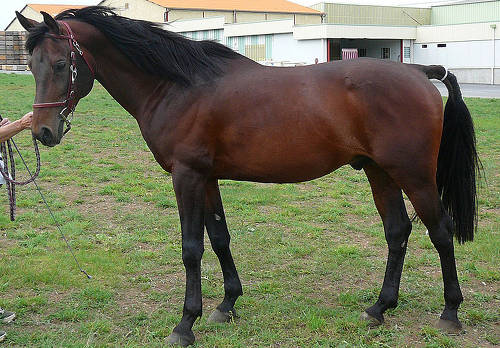
The Shagya Arabian comes from Hungary and was established during the Turkish occupation of Hungary that lasted until the end of the 17th century.
(more…)
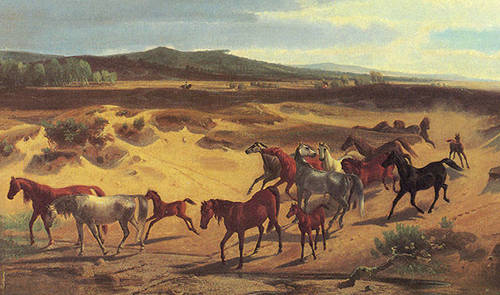
The Senne or Senner Horse comes from the heath area of Senne in Germany and comes from indigenous warmblood animals (which are now extinct) crossed with Arabians, Thoroughbreds & Spanish animals. This is an old breed thought to date back to the end of the 12th century and has largely been governed by natural selection throughout the years. Until the beginning of the 20th century when the local studs were closed & the animals sold off to private breeders.
(more…)